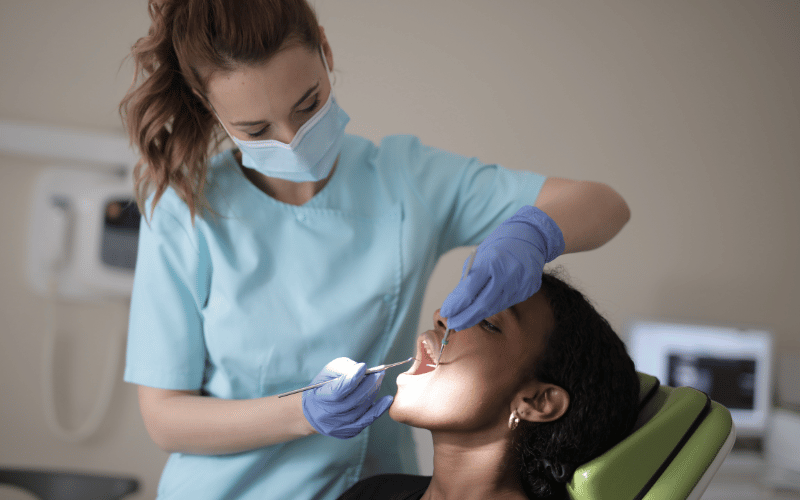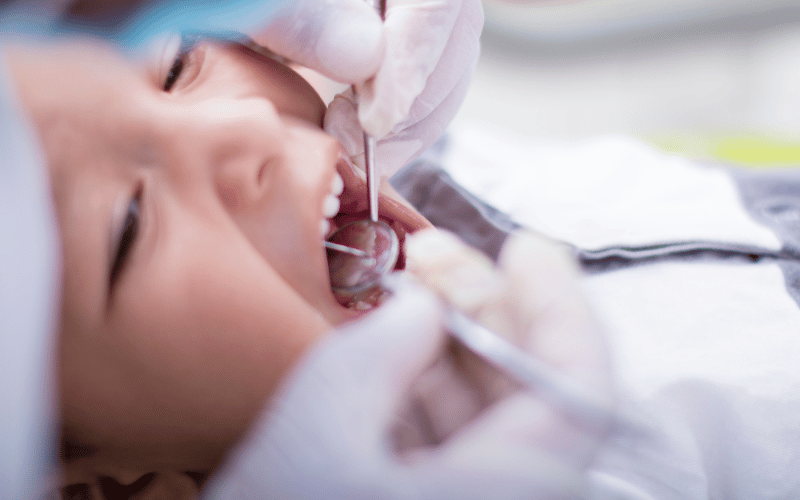Introduction: Setting the Stage for Understanding Pericoronitis
Pericoronitis, a complex dental condition, often comes into play when wisdom teeth start making their appearance. Predominantly affecting young adults, this inflammatory condition doesn’t just stop at causing mere discomfort; it brings along a slew of symptoms that can significantly impact one’s oral health and overall wellbeing. In this extensive exploration, we dive deep into the intricacies of pericoronitis, shedding light on its causes, symptoms, and the essential steps for prevention and treatment.

A partly erupted wisdom tooth creates a small pocket where food particles and bacteria can accumulate, leading to inflammation and infection in the surrounding gum tissue. This overlap of gum tissue becomes a hotbed for bacteria, setting the stage for pericoronitis to develop. What begins as a mild inconvenience can quickly escalate to severe pain, swelling, and in some cases, lead to more serious complications.
It’s a common misconception that pericoronitis is exclusive to young adults undergoing the eruption of their wisdom teeth. However, this condition can affect anyone, regardless of age, especially if impacted wisdom teeth are present. Recognizing the signs early on, such as persistent pain, swelling, bad breath, and an unpleasant taste in the mouth, is crucial for timely intervention and treatment.
Addressing pericoronitis promptly is vital. Ignoring the symptoms can lead to a cascade of complications, including the spread of infection to the jaw, neck, and cheeks, and in severe cases, result in difficulty swallowing and breathing. Beyond the immediate symptoms and potential complications, pericoronitis can also take a toll on one’s daily life, affecting the ability to eat, speak, and perform regular activities.
Armed with knowledge and a proactive approach to oral hygiene, preventing pericoronitis is within reach. Regular dental check-ups, good oral hygiene practices, and addressing any wisdom tooth issues promptly can significantly reduce the risk of developing this painful condition. This guide aims to empower readers with crucial information on pericoronitis, providing insights and actionable steps to maintain optimal oral health and keep pericoronitis at bay.
Fact 1: Unveiling the Basics of Pericoronitis

Pericoronitis is a term that often gets thrown around in dental offices, especially when dealing with wisdom teeth. To truly understand what’s at play, it’s important to delve into the specifics of this dental condition. Pericoronitis occurs when the gum tissue around the molar teeth becomes swollen and infected. This is most common in the area of your wisdom teeth, as they are the last to emerge and often lack the space to fully break through the gum line.
The issue begins when a wisdom tooth only partially breaks through the gum, creating a small flap of gum tissue that can trap food and bacteria. It’s this accumulation of debris that leads to infection and inflammation. Left unchecked, the condition can escalate, resulting in severe pain, swelling, and a range of other symptoms that make it more than just a minor inconvenience.
Now, it might seem like a straightforward issue, but pericoronitis has a knack for complexity. It doesn’t just stop at causing discomfort; it’s a gateway to a series of dental challenges if not promptly and properly addressed. This is a condition that demands attention, as ignoring it could lead to complications far more severe than a mere toothache.
Understanding pericoronitis is the first step towards prevention and effective treatment. By keeping a vigilant eye on the back of your mouth and maintaining impeccable oral hygiene, you’re setting the stage for a healthier, pain-free dental future. It’s about being proactive, not reactive, and that starts with knowledge.
In wrapping up this segment, it’s crucial to highlight the importance of early detection and intervention. Pericoronitis, while common, should never be taken lightly. It’s a condition that can greatly impact your oral health, but with the right knowledge and practices, it’s also entirely manageable. Stay informed, stay vigilant, and never underestimate the power of good oral hygiene. (1)